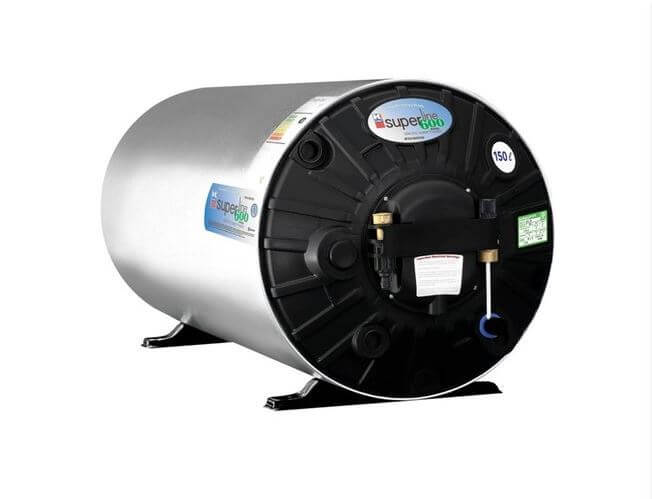Load shedding, the deliberate shutdown of power to prevent grid overload, is a common occurrence in many regions. During these outages, essential household appliances like geysers can be affected, disrupting daily routines and causing inconvenience. To address this issue, homeowners often consider backup solutions like batteries to power their geysers during load shedding. In this article, we’ll explore the suitability of using batteries for geyser backup, examining their pros and cons. We’ll also delve into alternative, more efficient solutions to keep geysers running during power outages.
The Suitability of Using Batteries for Geyser Backup:
- Pros of Battery Backup for Geysers:
- Uninterrupted Hot Water: With a battery backup system, geysers can continue heating water during load shedding, ensuring a steady supply of hot water for household needs.
- Flexibility: Battery backup solutions can be customized to fit different geyser sizes and power requirements, making them versatile for various households.
- Renewable Energy Integration: Combining battery backup with solar panels allows homeowners to store excess solar energy and use it to power the geyser during load shedding, reducing reliance on the grid.
- Cons of Battery Backup for Geysers:
- Cost: Installing a battery backup system can be expensive, including the cost of batteries, inverters, and solar panels (if integrated). The initial investment might not be feasible for all homeowners.
- Limited Runtime: The runtime of a battery backup system is determined by the battery capacity and the power consumption of the geyser. Larger batteries can provide longer runtimes, but they also come with higher costs.
- Efficiency Considerations:
- Geyser Efficiency: Some geysers are more energy-efficient than others. Opting for a modern, energy-efficient geyser can help reduce overall power consumption during normal operation and load shedding.
- Smart Control: Smart geyser controllers or timers can be used to optimize geyser usage, reducing unnecessary heating and saving energy in the long run.
Alternative, More Efficient Solutions:
- Gas Geysers: Gas geysers operate independently of the electrical grid and can provide hot water during load shedding. They are generally more energy-efficient than electric geysers, making them a viable alternative for areas with frequent power outages.
- Solar Geysers: Solar geysers harness the sun’s energy to heat water, offering a sustainable and cost-effective solution. During load shedding, solar geysers can continue to operate efficiently, relying on stored solar heat.
- Heat Pump Geysers: Heat pump geysers are highly energy-efficient, as they transfer heat from the surrounding air to heat water. They consume less electricity compared to traditional electric geysers, making them a practical option for load shedding scenarios.
Conclusion:
Choosing the right backup solution for geysers during load shedding requires careful consideration of factors such as cost, efficiency, and individual energy needs. While battery backup systems offer uninterrupted hot water and renewable energy integration, their higher upfront costs may make alternative options like gas geysers, solar geysers, or heat pump geysers more appealing for some homeowners. Assessing the specific requirements and weighing the pros and cons of each solution will help make an informed decision that ensures a continuous supply of hot water during load shedding while promoting energy efficiency and sustainability.
Traditional electric geysers with a thermostatically controlled element require huge amount of power to run (typically 3kW) and as a result willl strain your batteries. A properly designed system can accomodate this need however it isn’t recommended for typical households to backup their geyser.


